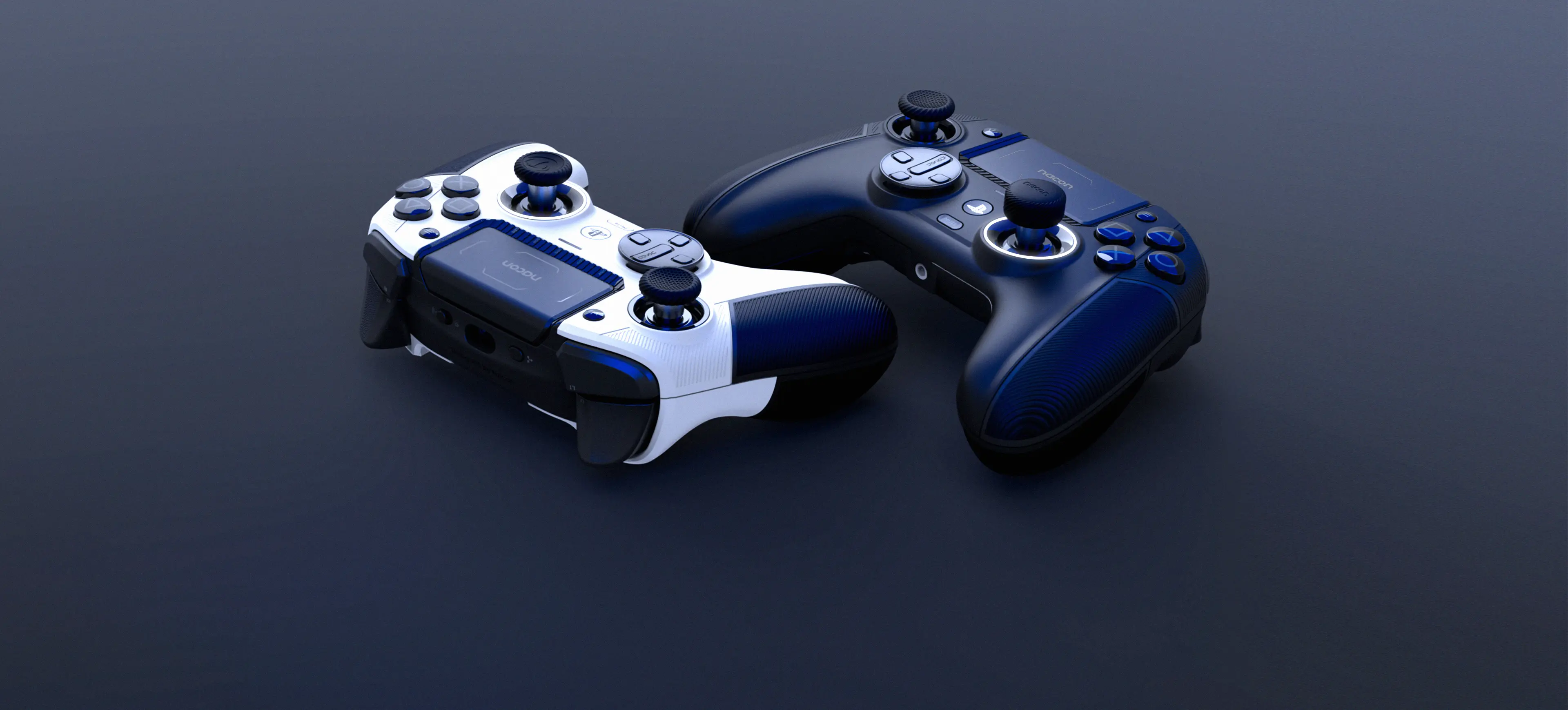Want to connect two Nintendo Switch consoles to play together or share your games? Discover the essential steps to link your consoles and fully enjoy multiplayer experiences or game sharing across multiple Switch systems.
Sharing a Nintendo account between two consoles
Game sharing between two Switch consoles involves setting up your Nintendo account on both devices. Once signed in, you’ll need to designate one console as the primary and the other as the secondary. This setup allows you to access your games on both devices, with a few specific usage conditions we'll outline below.
Steps to activate a primary console
The first Switch you sign into the Nintendo eShop on will automatically become your primary console. To change the primary console, follow these steps:
-
On your current Switch (primary console):
- Open the Nintendo eShop
- Go to Account Settings
- Select the “Deregister” option to remove the primary console status
-
On the new Switch:
- Sign in to the Nintendo eShop with your account
- The console will automatically become your new primary console
Important: On the primary console, all users can play your downloaded games, even offline.
On the secondary console, only your account can access the games, and an internet connection is required to launch them.
Checking the internet connection on the secondary console
A stable internet connection is essential on your secondary console to play digital games. To ensure everything works properly, start by connecting your Switch to your usual Wi-Fi network. Then go to the console’s system settings and navigate to the “Internet” section. There, you’ll find the option to test your connection. The test will automatically check the quality of your connection and let you know if it’s sufficient for gaming. If you encounter issues, try moving your console closer to your internet box or connecting to a more stable network. Remember, without an internet connection, you won’t be able to launch games on the secondary console.
Setting up multiplayer mode on Nintendo Switch
Local multiplayer mode on Nintendo Switch allows multiple players to play on different consoles.
Before starting, make sure to connect a Nintendo Switch controller for each player and know how to charge a Switch controller so you don’t run out of battery mid-game.
Some players even prefer using a keyboard and mouse on Nintendo Switch for more precision.
To use local multiplayer, both Switch consoles must be connected to the same Wi-Fi network and have the latest game updates installed.
Of course, your games must also support local multiplayer – this information is always indicated on the game box or product page.
Setting up the local network for multiplayer
Once both consoles are connected to the same Wi-Fi network (see the “Basic Wi-Fi setup” section), you can begin setting up multiplayer mode. Launch the game you want to play on both consoles. In the game settings, look for the “Local Multiplayer” or “Network Play” option and enable it. If you can’t find the option, don’t worry – some games activate it automatically. For a more stable connection, use a 5GHz Wi-Fi network if your internet box supports it. Also, try not to move too far from the router to maintain optimal signal strength.
Fixing connection issues
If your consoles can’t connect to each other, don’t panic! The first thing to do is restart both Switch consoles and your modem. This simple step often resolves connectivity issues. Next, check that your games are up to date on both devices. A version mismatch can prevent local multiplayer from working. If the issue persists, check your internet router settings. Some firewalls or network restrictions may block communication between consoles. In that case, you may need to temporarily disable those protections or create an exception for your Switch consoles. If none of these steps work, the problem might come from the game itself – not all titles handle local multiplayer the same way.
Connecting two Nintendo Switch consoles via a network
You can connect two Switch consoles via a network in two ways: Wi-Fi or Ethernet cable. For a more stable wired connection, use a Nintendo Ethernet adapter and a category 5e or higher cable. Simply plug the adapter into the dock’s USB port, then connect the cable between the adapter and your internet box. For Wi-Fi, make sure both Switch consoles are connected to the same network. In the network settings of each console, check that the IP addresses start with the same numbers (e.g., 192.168.1.XX). If not, they won’t be able to communicate. If your network uses VLANs, configure the ports as “trunk” mode on your box or router. This setup allows the consoles to communicate even if they’re on different virtual networks. If you’re unsure, leave the default settings – they usually work just fine.








